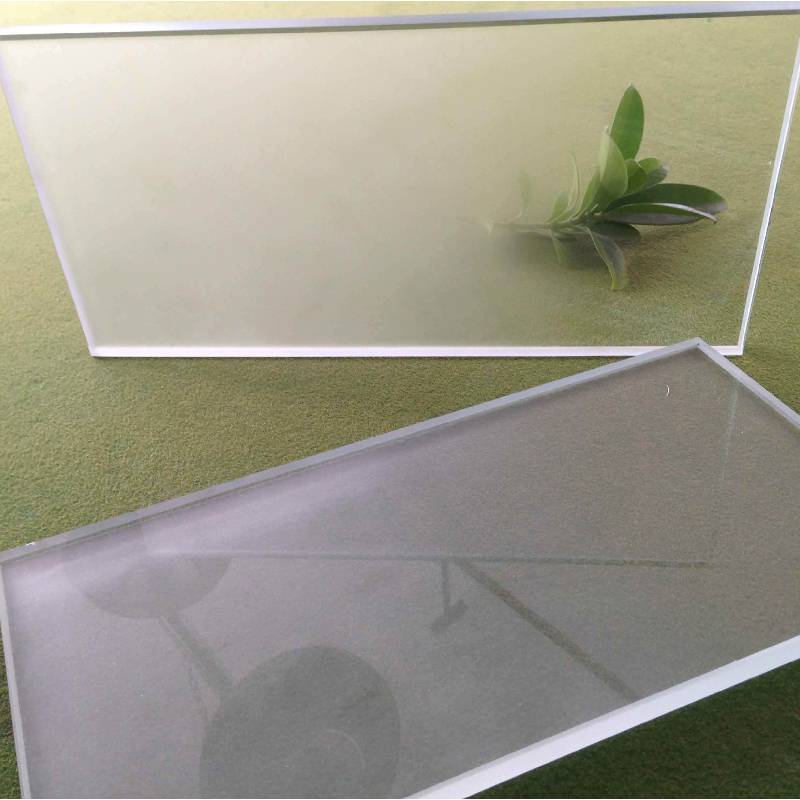

Understanding Low-E Replacement Glass The Future of Energy Efficiency
As the world becomes increasingly aware of environmental issues and energy consumption, homeowners are seeking innovative solutions to enhance energy efficiency in their residences. One such solution is the use of Low-E (low emissivity) replacement glass. This technology represents a significant advancement in glass manufacturing, providing better insulation properties and reducing energy costs. In this article, we will explore what Low-E replacement glass is, its benefits, and its impact on energy efficiency.
What is Low-E Replacement Glass?
Low-E replacement glass is a type of glazing that reflects heat while allowing natural light to enter a building. This specialized glass is coated with a thin layer of metallic oxide that reduces the amount of infrared and ultraviolet light that passes through. Low-E glass is often used in windows and doors, and it can significantly enhance thermal performance. When replacing standard glass with Low-E glass, homeowners can enjoy a more comfortable living environment while reducing their energy consumption.
Benefits of Low-E Replacement Glass
1. Energy Efficiency One of the most significant advantages of Low-E replacement glass is its ability to improve energy efficiency. Traditional single-pane windows allow a substantial amount of heat to escape during winter and enter during summer, leading to increased heating and cooling costs. Low-E glass minimizes these energy losses, helping homeowners save on utility bills.
2. UV Protection Low-E replacement glass blocks a significant percentage of ultraviolet (UV) rays from the sun. These UV rays can cause fading and damage to furniture, carpets, and artwork. By using Low-E glass, homeowners can protect their interiors and extend the lifespan of their belongings.
3. Comfort Low-E glass helps maintain a consistent indoor temperature, reducing drafts and cold spots near windows. This enhanced comfort can lead to a better overall living experience, particularly in extreme weather conditions.

4. Reduced Condensation The insulating properties of Low-E glass also help reduce condensation on windows, which can lead to mold growth and other moisture-related issues. This is particularly beneficial in climates with high humidity levels.
5. Environmental Impact By improving a home’s energy efficiency, Low-E replacement glass contributes to a reduction in greenhouse gas emissions. Using less energy means lower reliance on fossil fuels, making it an eco-friendly choice for conscious homeowners.
Installation and Considerations
When considering Low-E replacement glass, it is essential to consult with professionals to ensure proper installation. The glass can be customized according to specific needs and preferences, including the type of Low-E coating, window frames, and overall design. Homeowners should also consider local climate conditions, as different coatings may perform better in various environments.
While the initial cost of Low-E replacement glass may be higher than traditional glass, the long-term savings on energy bills and the benefits of increased comfort and protection from UV rays make it a worthwhile investment. Furthermore, many energy-efficient windows and doors are eligible for tax credits or rebates, which can help offset costs.
Conclusion
In conclusion, Low-E replacement glass is an innovative solution for homeowners looking to enhance their properties' energy efficiency while enjoying increased comfort and protection from UV rays. By investing in this advanced glass technology, homeowners can reduce their energy bills, contribute positively to the environment, and improve the overall quality of their living spaces. As the demand for sustainable living solutions continues to grow, Low-E glass stands out as a viable option that combines modern technology with practical benefits. Transitioning to Low-E replacement glass is not merely a trend; it is a step towards a more sustainable and energy-efficient future.